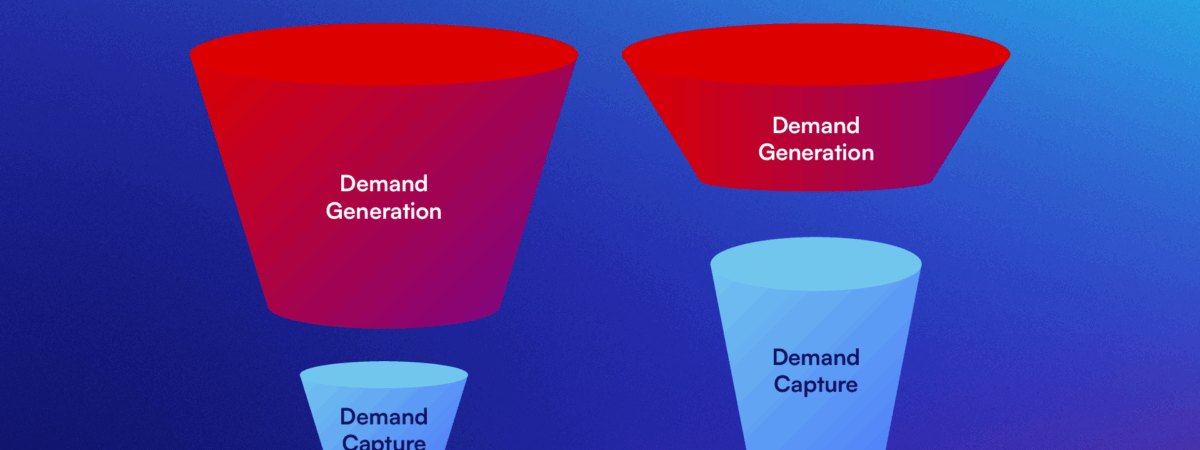
Understanding Ads: Demand Generation Vs. Demand Capture
Demand generation and demand capture both play important roles in your marketing funnel. How you break them down depends on your advertising goals.
Far too little is written about high level strategy when it comes to digital advertising, but strategy is critical to success. At a base level, digital ads accomplish one of two things: generate demand or capture demand. By understanding each of these goals, we can understand the two top level advertising strategies.
Demand Generation & Demand Capture.
Your advertising funnel can be broken down into two halves. The top half is demand generation and the bottom half is demand capture. While your overall sales and marketing funnel can be far more complex, the basic breakdown of your advertising funnel is broken into these two halves.
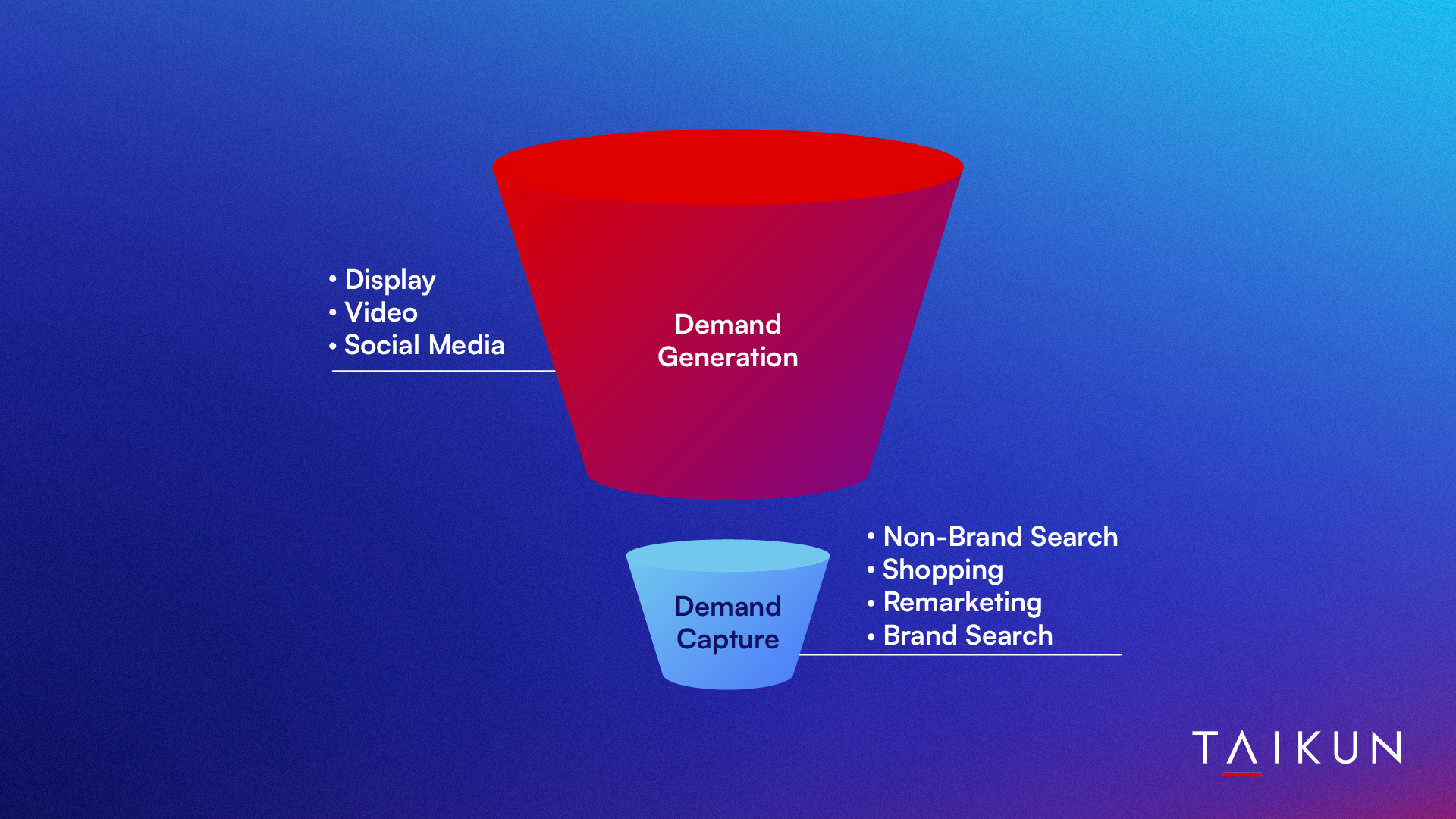
Both demand generation and demand capture play an important role in your advertising efforts.
Demand Generation
Demand generation sits at the top of your advertising funnel. It serves as an entry point for your potential customers. Ads at this stage of the funnel are served to people who are not actively looking for the product or service that you sell. These ads generate demand for your product/service.
For example, you’re scrolling through Instagram, and you see an ad for a pair of Allbirds shoes. You haven’t visited their site before but decide they look interesting, so you click through and decide to purchase. You weren’t looking for shoes, but the ad you saw generated your demand.
You went from some rando on the internet to a customer for Allbirds.
Because of where demand generation falls in the advertising funnel, its Return on Ad Spend (ROAS) is lower than demand capture. It is less profitable because you’re reaching people who aren’t actively looking for what you’re selling. These advertisements can and should still be profitable, but they’re less profitable than when they’re targeting people who are actively searching for what you sell.
Types of Demand Gen Advertising
There are many types of advertising that fit into the demand gen half of the advertising funnel. Most traditional advertising is demand gen. TV, radio, billboards, subway advertisements, newspapers, etc.
Social media, however, is arguably the most powerful and effective demand generation platform ever devised. Facebook and Instagram in particular, but to a lesser extend Snap and TikTok as well.
Other online advertising that falls under demand generation includes things like YouTube and display advertising, though these are less effective than social ads typically.
Demand Capture
The bottom half of the funnel is demand capture. Demand capture advertising reaches people who are actively looking for or interested in your product or service. The ads are capturing demand that already exists.
Let’s say you need a new pair of shoes. You’re already familiar with Allbirds and decide you want a pair, so you type “Grey Allbirds wool runners” into Google. You click on the ad and buy the shoes. That ad you clicked on did not generate the demand; it captured it. You were already looking for the shoes.
These ads work by showing buyers what they want when they want it. The buying intent is there. A big advantage at this part of the funnel is the ROAS is much higher than in the top half of the funnel. Conversion rates for demand capture ads are generally at least twice what they are further up the funnel.
Types of Demand Capture Ads
One of the great powers of the internet is the broad availability of demand capture advertising. Historically, very little advertising was demand capture, but the internet changed that. Google search is the biggest and most effective demand capture platform in history. People go to search engines and are actively looking for your product, and you can advertise against those searches.
Remarketing ads are another extremely effective form of demand capture advertising. You are advertising to people who have already expressed interest in your product by visiting your website or otherwise engaging with your brand.
Using These Concepts to Direct Your Advertising Strategy
With an understanding of the two different types of digital advertising and where they fall in the funnel, we can discuss advertising strategy. When we work with clients, we break our strategy into two categories: scale or capture. Both strategies can produce great results, but they approach advertising differently.
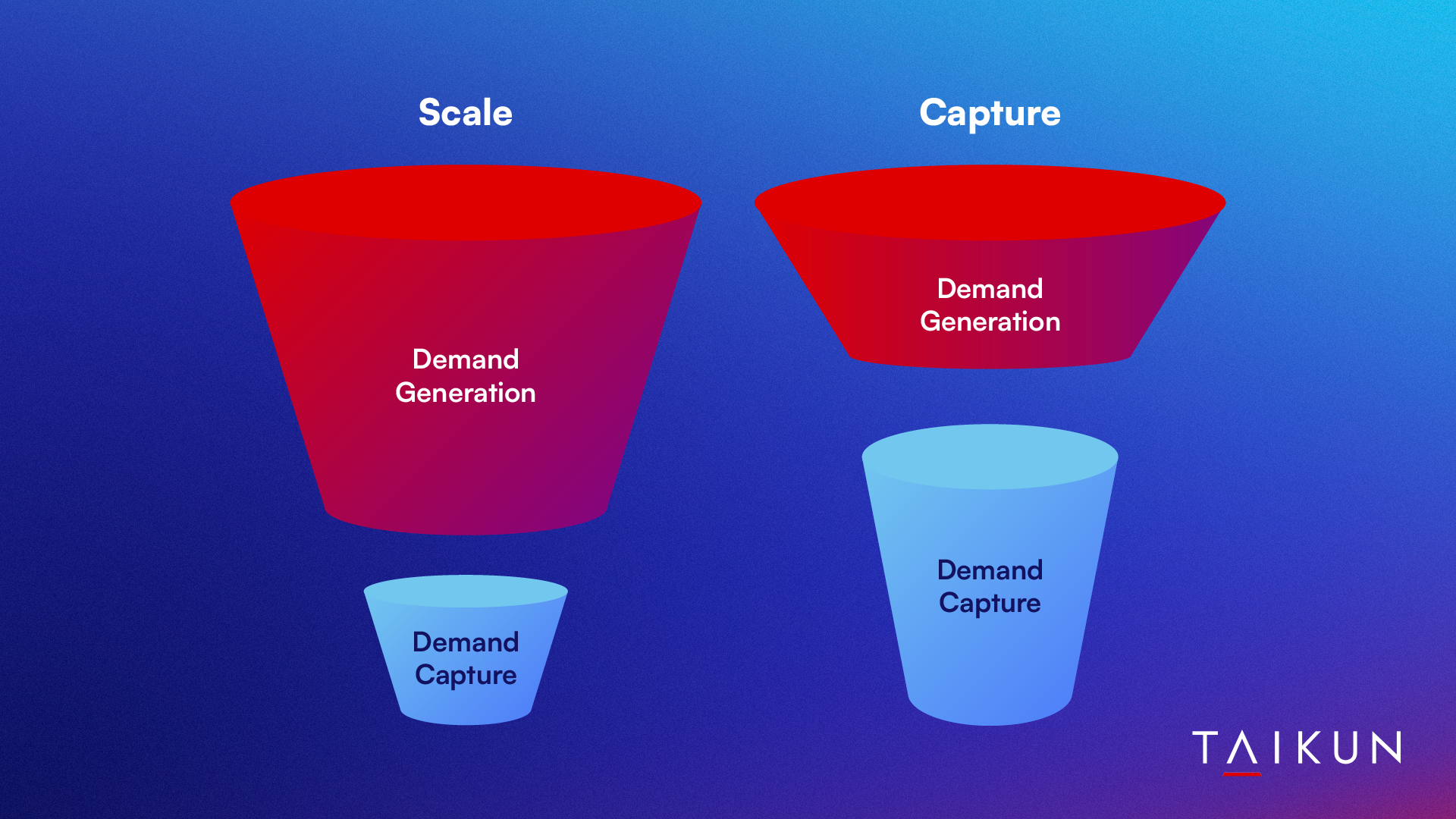
A scaling strategy offers a high ceiling and the option to continuously increase your ad spend and greatly grow your business. The tradeoff is that it has a lower ROAS.
On the other hand, a capture strategy has a relatively low, set ceiling, but the profit margins are much better.
Both strategies have their strengths, weaknesses, and use cases.
Scale
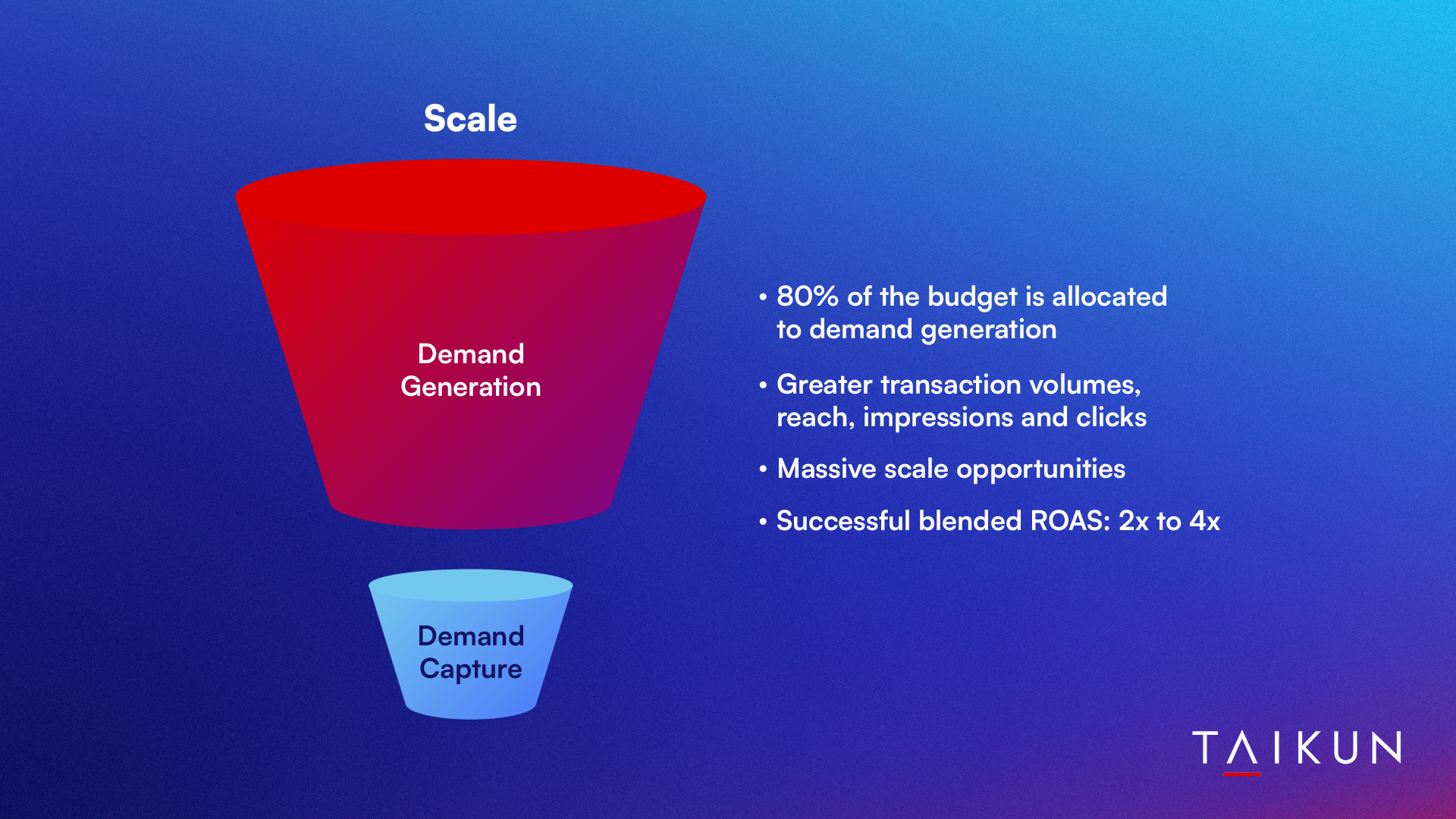
A scaling strategy is designed for growth. Growing revenue and ad spend at the expense of margin percentage. Scaling strategies can and should be profitable, but generally have a ROAS in the 2.0 to 3.5 range, depending on the business.
With a scaling strategy, a high percentage of budget is allocated to demand generation advertising. 80% is a common target for demand gen allocation with a scaling ad strategy with the remaining 20% going to demand capture.
Scaling Strategy Strengths
The primary reason a business chooses a scaling strategy is growth. If you’re looking to rapidly grow revenue, scaling is the only way to do it. If you want to go from $1mm in revenue to $5mm, $10mm or $20mm+, the best way to get there is with a scaling strategy.
When scaling, you’re generating more of everything. More impressions, more clicks, more transactions. With the greater volume of data comes the ability to implement greater complexity and segmentation.
Scaling Strategy Weaknesses
This strategy also has downsides. Because profit margins are slimmer when scaling, so too is the margin for error. And not just on the advertising side of the equation. Website conversion rate, email marketing, automation, creative, and the rest. Every component of your business must be dialed in and constant improvements to every step of the customer journey are critical.
It also requires a greater investment in creative and content for ads. More ad groups and complexity means more ads and more creative.
Capture
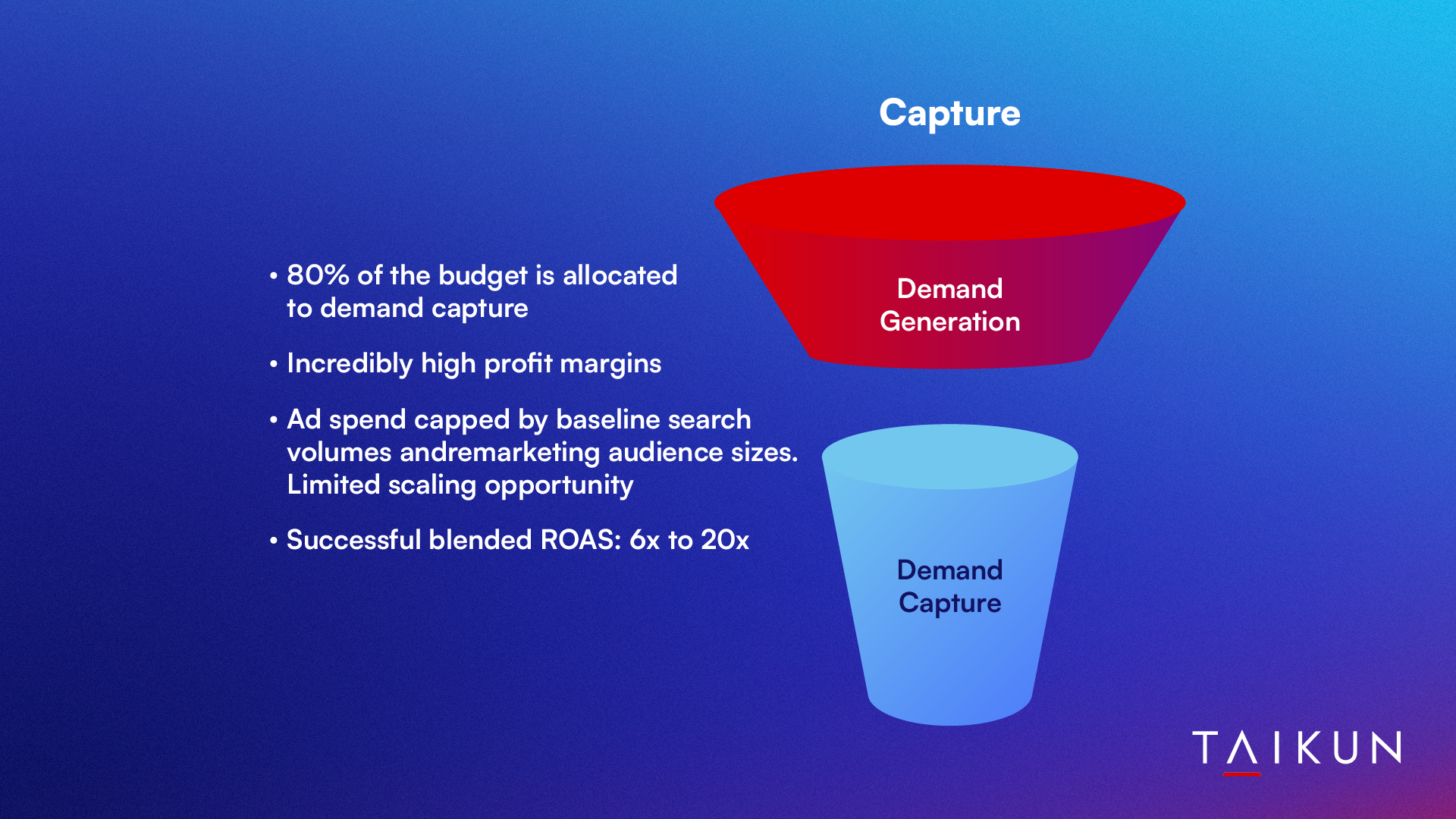
A capture strategy is designed for maximum profit margin percentage at the cost of growth. In instances where a business isn’t looking for growth and is simply looking to capture as much of the demand that exists, capture is the route to go. Over 80% of the budget is allocated to bottom of the funnel advertising. This bottom-heavy allocation means that blended ROAS numbers can be anywhere from 6x to 10x or more.
Capture Strategy Strengths
The biggest advantage of a capture strategy is the profit. A capture strategy is designed to print money. The incredibly high ROAS means that the profit margins for a capture strategy can be incredible.
This strategy is also easier to implement, easier to maintain, and is more forgiving than scaling. The greater margin means that there is room for parts of your business to be suboptimal.
Capture Strategy Weaknesses
This strategy has one critical weakness. There is a hard cap on size. This strategy only captures the demand that exists; it does not generate any additional demand. So once search volumes and remarketing audiences are maxed out, there is no additional opportunity for growth.
Additionally, while the margin percentage for a capture strategy is much better than a scaling strategy, the gross margin can be lower. A 10x ROAS on $10,000 is going to be less than a 2.5x ROAS on $200,000.
Choosing the Right Strategy
With an understanding of the two main advertising strategies, let’s explore some use cases. It is our general approach and opinion that the default strategy should be to scale.
Most businesses online are looking to grow aggressively and leveraging a scaling strategy makes sense. This is particularly applicable for ecommerce, SaaS, and other fully online businesses.
Situations where a capture strategy is optimal are less common. One area where capture can make sense is for service businesses that operate in local markets. Mature businesses with broad brand awareness in niche markets as well can benefit from a capture strategy.
Finally, businesses that are not looking to grow quickly for whatever reason would likely want to take this more conservative approach.
Most advertising guidance is tactical, but without a sound strategy, tactics are of limited value. By starting with a concise strategy, whether it is scaling or capture, you’ll be more likely to achieve success with digital advertising.
Stay in the loop! Sign up to get our newest blog articles and exclusive resources delivered straight to your inbox.
Newsletter Signup
Related Articles
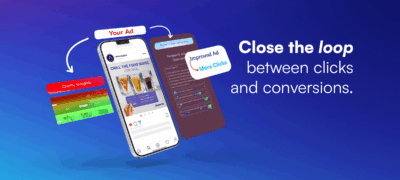
- CRO
- Paid Social
Why Every DTC Brand Owner Should Be Using Microsoft Clarity to Make Better Ads
Let’s say your Google or Meta Ads account is humming. You’re hitting ROAS targets. Spend is stable. Your best-performing creatives are…
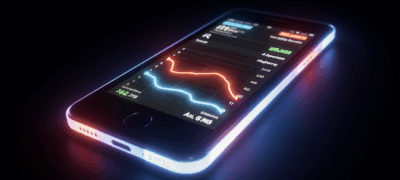
- Paid Social
Meta Audit Trends: The Recurring Issues Holding Back Performance
Over the past few months, we’ve audited multiple Meta ad accounts across different industries, and the same core issues keep surfacing.…
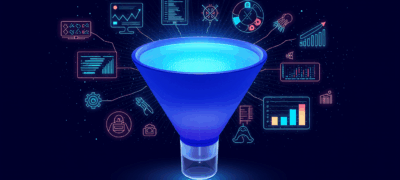
- Paid Social
How to Successfully Manage Upper Funnel Campaigns on Meta
At Taikun Digital, we’ve seen it time and again. A client’s Meta campaigns are running smoothly, but then… they hit a…
How can we help you grow?



